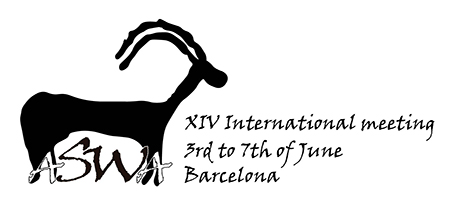Ethnography is an established interpretational approach for archaeologists; for zooarchaeology a mirror approach may be ethology – the study of innate animal behaviour and natural psychological responses to situations, which I have used to help in addressing the subject of working animals in the early times of their systematic employment, in 4th-3rd millennium BC Mesopotamia. Ethology can fulfil a valuable role in rectifying some of the unavoidable shortcomings of ethnographic field interviewing, through observation studies of animal-based traction and transport and assessment of the animals' own capabilities and responses to management, blended with the associated humans' corresponding activities.
Discussions of Mesopotamia have typically been dominated by large-scale themes, with working animals categorised without further examination as participating in long-distance trade and ox-ploughing, with the implications for urbanisation. But it is equally valid to approach changes in human-animal relations at the micro scale, including both basic logistical matters of breeding, supply, training, grazing and foddering, and the impact of working animals on local economies through processes such as labour adjustments, hiring and lending.
Working animals are widely used today in Africa and in much of Asia and Latin America. (In the Near East, though, there is major mechanisation, with low usage now of donkeys in many regions.) In many regions of sub-Saharan Africa, cattle and donkeys were only adopted for work within the last 100 or even 50 years, with the process being actively tracked through a large body of NGO and official development studies. I have analysed these in detail to elicit the complex minutiae of daily life with working animals – using a ploughing ox year-round, keeping a multi-purpose working cow, developing new income sources and household labour systems from donkey ownership – which build up to a series of Mesopotamian model adaptations hardly proposed yet.
|
|
|
By author > Goulder Jill
Looking ethologically at the past: working donkeys and cattle in modern Africa and 4th-3rd millennium BC Mesopotamia
1 : University College of London Institute of Archaeology
| Online user: 1 | RSS Feed |

|

 PDF version
PDF version